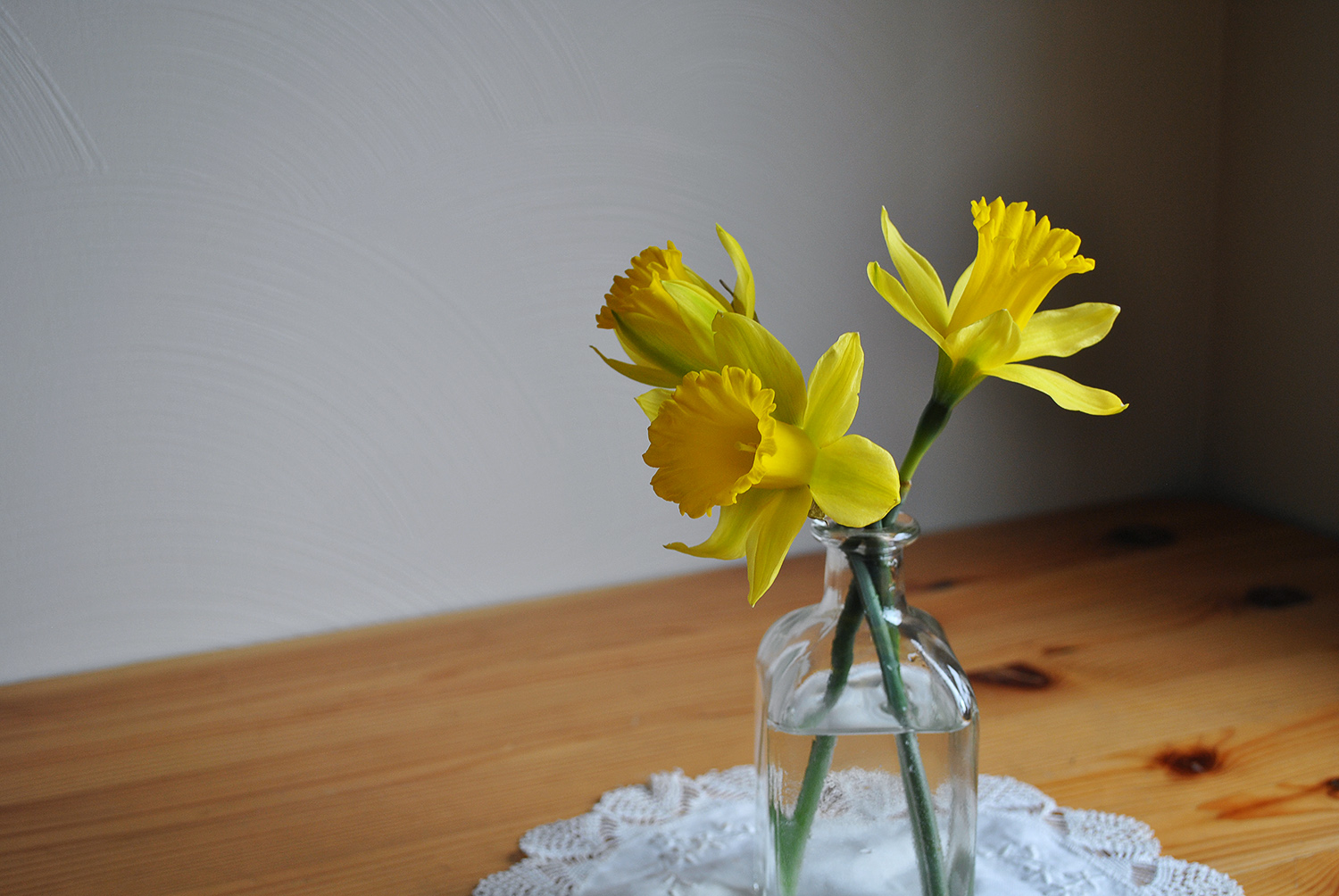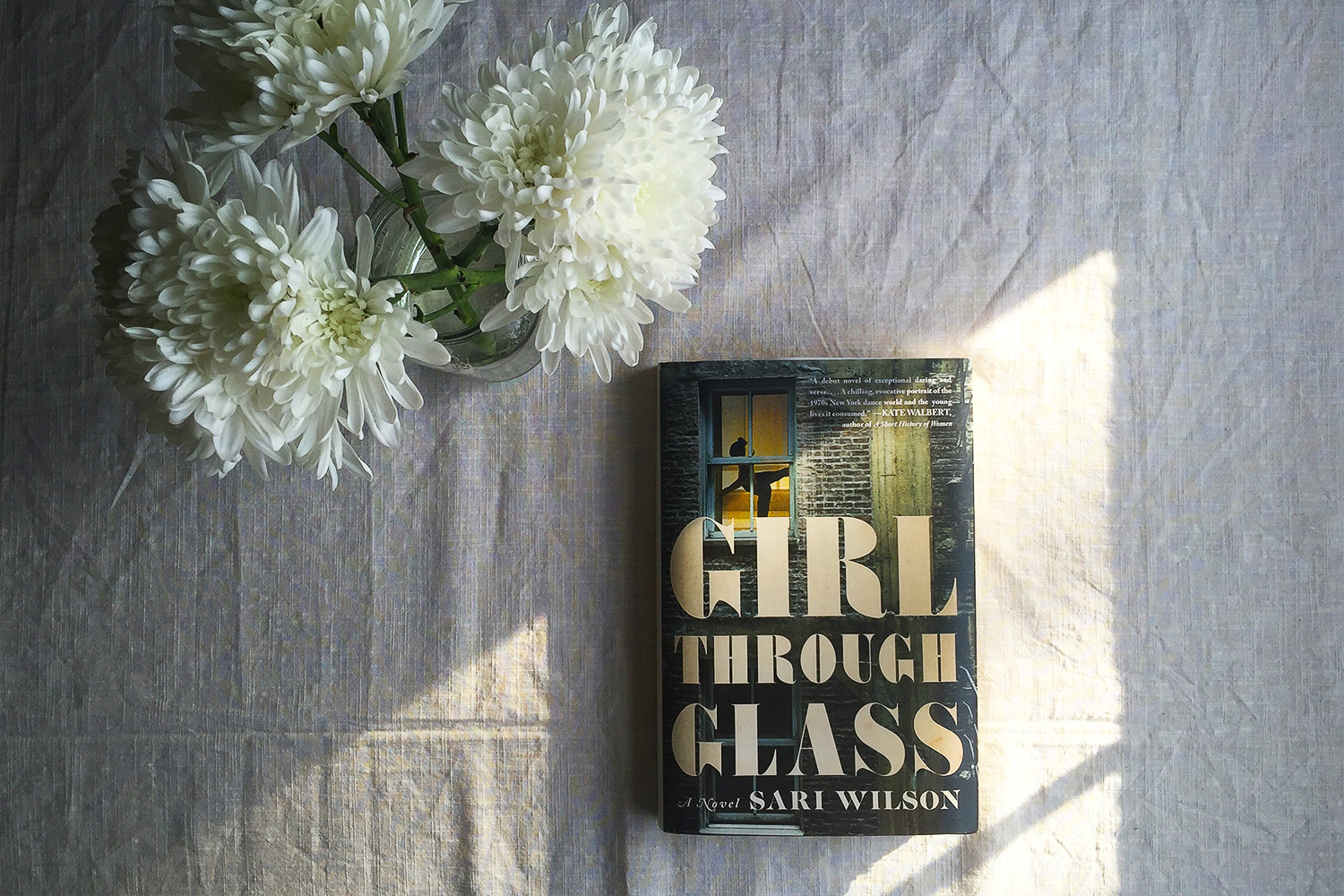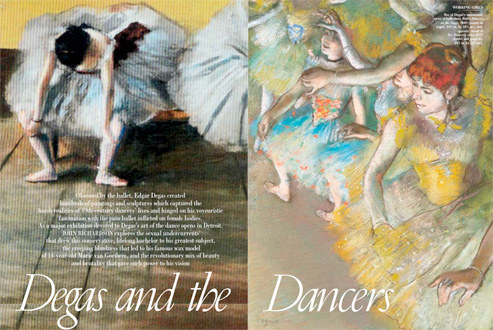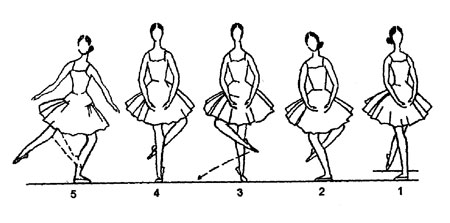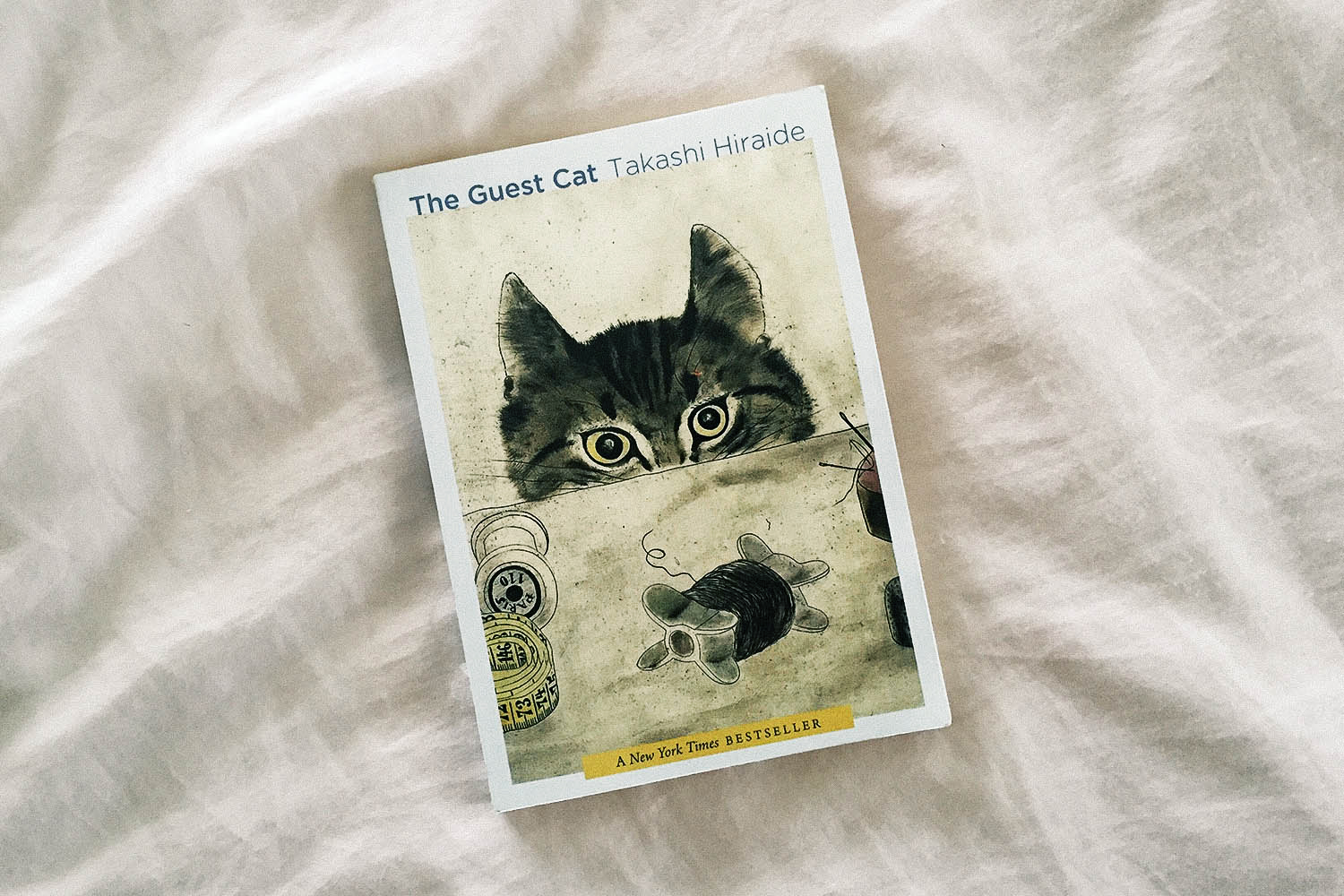
Takashi Hiraide’s The Guest Cat (New Directions, 2014) leapt to the top of my to-read list for the most practical reason: its slim and tiny self made it ideal for slipping into the single backpack I brought to Europe. With a little luck, beauty will reveal itself within the most practical decisions, within the most commonplace, as is so powerfully depicted in The Guest Cat. Hiraide is a poet by trade, so when Chibi the cat (“Little One” in Japanese) falls asleep on a sofa, she looks “like a talisman curled gently in the shape of a comma and dug up from a prehistoric archaeological site”; when Chibi runs away to avoid being touched, her “manner of rejection was like cold, white light”; and when Chibi repeatedly bumps against a window in the middle of the night, she looks “small and white, with eyes wide open, like a bird striking a lighthouse.” This poetry like prose, which is often prose at its best, goes on without pause.
In The Guest Cat, a married couple live and work in a small cottage in Tokyo, quietly alternating between writing, tending the garden, and observing Chibi. Chibi is a stray cat that is quickly adopted by a neighboring family, though she makes regular visits to the couple, much to their delight. Change happens here and there——an emperor dies, friends fall ill, a job is left, a house is sold——but the overall day-to-day plays a steady beat that somehow feels far more significant than any such changes. The book embraces an ease that stems from waking up to nothing short of your everyday, and it embraces a beauty that stems from an entirely present natural world. Just three pages into the book, I began to underline every mention of the garden’s various inhabitants.
There is the zelkova tree, as well as pine, persimmon and plum; there is mistletoe, saffron, Daphne odora and reeves spirea; there is the Japanese bush warbler, Blue Admiral, cicada and skimmer dragonfly; and of course there is Chibi, Cal and Mrs. Muddy, the wayward cats. Nature is not merely a collection of props on a stage overwhelmed by a human cast. Rather, nature stars right alongside us and together we share deeply felt moments. It is noted that “the garden was like a forest to Chibi,” and indeed the garden takes on the grandeur of a forest even to the reader. The couple continuously monitors its changing colors, sizes, textures and sounds, reminding us that the world feels far less lonely when we consider all that is actually alive around us.
*
*
The Guest Cat
By Takashi Hiraide
Published 2014 by New Directions

 Reflections
Reflections


